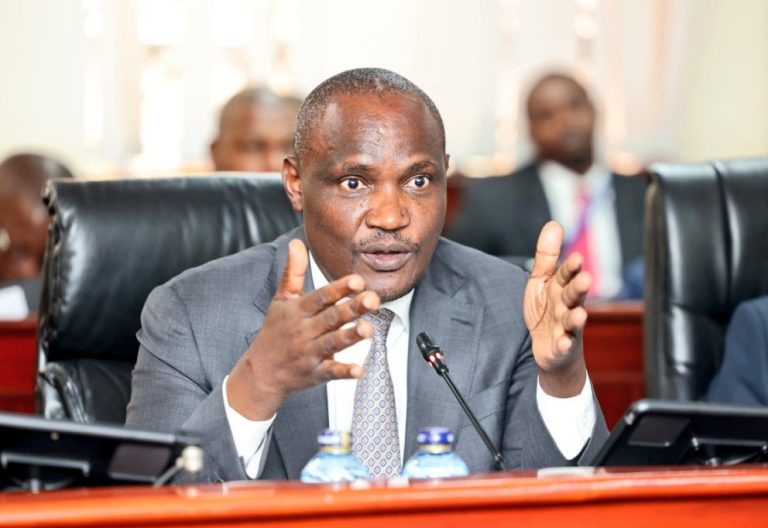Kenya’s public debt has surged to Sh11.81 trillion, accounting for 67.8% of the country’s Gross Domestic Product (GDP) as of June 2025, according to Cabinet Secretary for National Treasury and Economic Planning John Mbadi.
Speaking to financial journalists on Tuesday, Mbadi explained that in present value terms, the debt represents 63.7% of GDP a level still considered sustainable, albeit with an elevated risk of distress.
Of the total debt stock, Sh6.33 trillion is owed to domestic lenders, while Sh5.48 trillion represents external obligations to creditors such as the World Bank, African Development Bank (AfDB), China, and Eurobond holders.
During the 2024/25 fiscal year, Kenya spent Sh1.72 trillion on debt servicing, with Sh1.14 trillion paid to domestic creditors and Sh579 billion to external financiers.
Mbadi said the Treasury has launched several initiatives to reduce debt vulnerabilities and improve sustainability, including refinancing high-cost obligations, extending maturities, and prioritizing concessional financing.
“Sound and prudent debt management remains the central pillar of my stewardship at the National Treasury,” Mbadi emphasized. “We aim to safeguard essential public services, restore fiscal space to spur growth, and strengthen Kenya’s economic sovereignty.”
Under the 2025 Medium-Term Debt Management Strategy, the government plans to lengthen the maturity profile of public debt, reduce exposure to interest and exchange rate fluctuations, and ensure intergenerational equity.
The strategy projects that 25% of future borrowing will come from external sources, while 75% will be raised domestically. Mbadi reaffirmed the government’s commitment to fiscal discipline, structural reforms, and strategic financial management to gradually reduce Kenya’s debt-to-GDP ratio.
He further noted that the Treasury would enhance transparency and dialogue around fiscal matters by engaging financial journalists regularly.
Despite growing concerns over Kenya’s rising debt, Mbadi assured that the situation remains under control, guided by a transparent and accountable fiscal framework focused on long-term economic sustainability.

